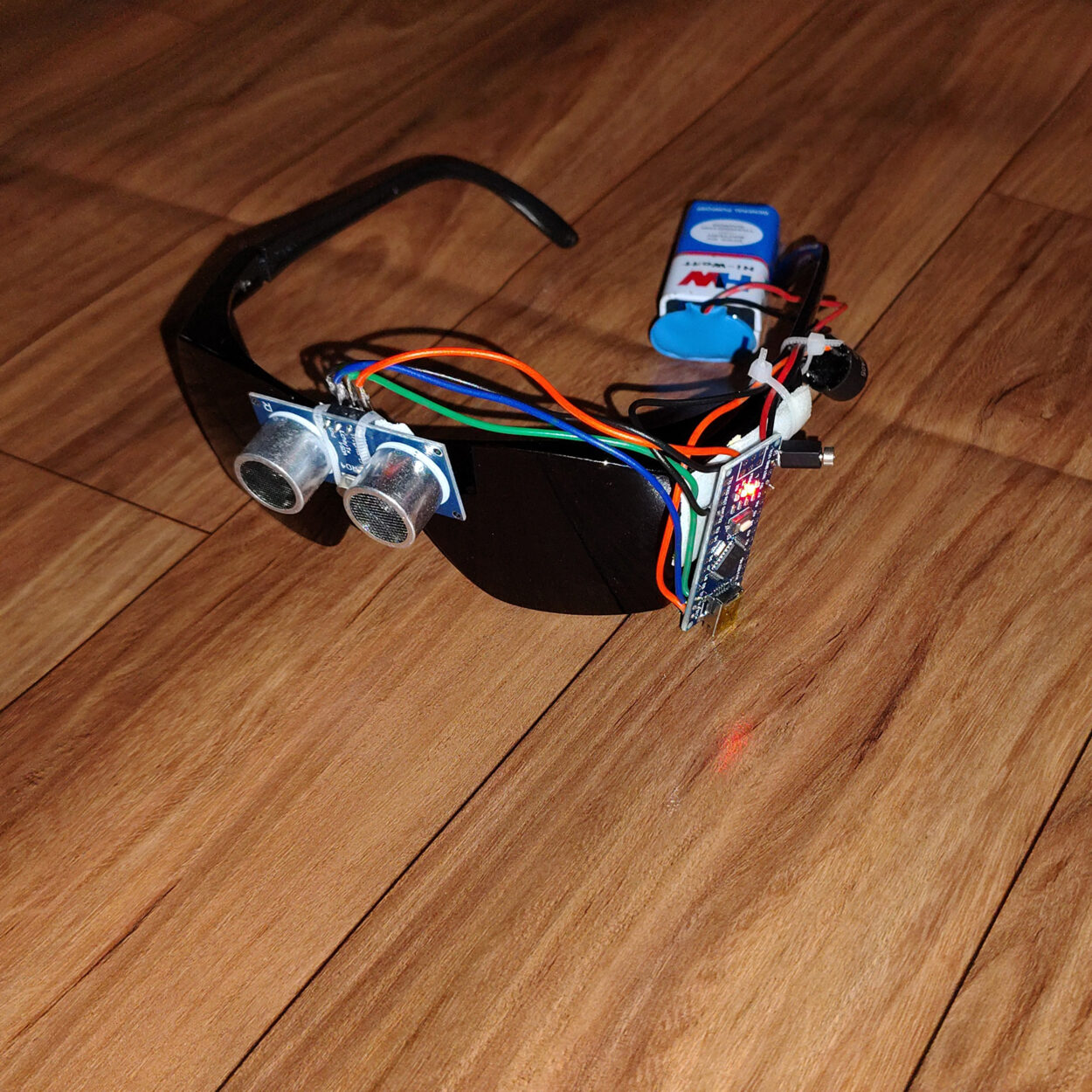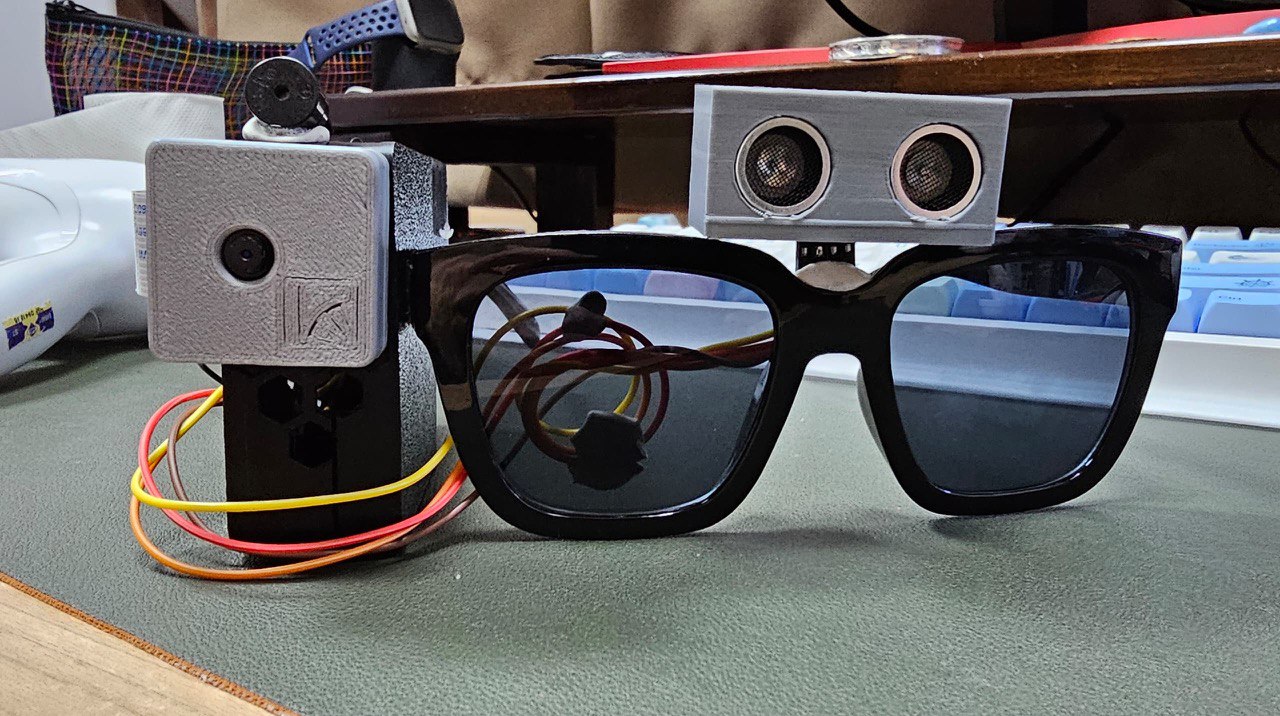Wearable Technology for Low Vision: Transforming How We Navigate the World
Wearable Technology for Low Vision: Transforming How We Navigate the World
Blog Article
Discover Advanced Assistive Gadgets for People With Aesthetic Impairments
The landscape of assistive modern technology for individuals with aesthetic impairments is evolving swiftly, presenting a series of innovative tools that boost freedom and interaction (Braille displays and notetakers). From clever glasses that flawlessly combine visual input with acoustic assistance to sophisticated navigation applications that redefine spatial awareness, these tools are improving opportunities. The latest improvements in Braille technology and voice-activated systems significantly contribute to ease of access. The effects of these advancements prolong much past plain performance; they test standard assumptions of impairment and self-reliance. What might this indicate for the future of inclusion and support?
Smart Glasses Innovations
Smart glasses represent a considerable advancement in assistive technology for people with aesthetic disabilities. Furnished with sensing units and electronic cameras, smart glasses can catch real-time visual information, which is then processed and communicated to the user via sound responses or haptic feelings.
Moreover, developments in artificial intelligence have actually better improved the capacities of clever glasses. Artificial intelligence algorithms can recognize faces, read message, and determine things, making them indispensable tools for everyday jobs. Individuals can get auditory signs that supply context concerning their atmosphere, cultivating self-reliance and confidence.
Additionally, the ergonomic style and lightweight nature of numerous smart glasses make them appropriate for long term usage, ensuring comfort while enhancing capability. As these tools remain to develop, they hold the prospective to change the method individuals with visual impairments experience their every day lives, connecting the gap between access and technology. The recurring r & d in this field guarantee to expand the possibilities for smart glasses, making them a crucial component of modern assistive devices.
Navigating Apps and Equipment
Numerous navigating applications and devices have arised as necessary resources for people with aesthetic impairments, significantly improving their capacity to pass through unknown atmospheres. These modern technologies utilize GPS capability, audio cues, and real-time information to offer individuals with accurate navigating help.
One noticeable example is the Aira app, which attaches customers to skilled representatives who can provide aesthetic descriptions of environments and navigation support through a real-time video feed. This solution enhances the individual's spatial recognition and self-confidence while navigating. An additional notable tool is Seeing Eye GPS, which provides voice-guided navigation and sights, enabling individuals to access crucial information concerning their environments.

As technology remains to advancement, the growth of more innovative navigating tools guarantees to more encourage people with visual problems, assisting in seamless movement and integration right into diverse environments. Such innovations are critical in promoting a much more inclusive society.
Braille Innovation Advancements
In the last few years, advancements in Braille innovation have actually considerably transformed exactly how people with aesthetic disabilities access info and Full Report engage with the globe around them. The advancement of mobile Braille display screens has changed reading by permitting customers to attach wirelessly to tablets, computer systems, and mobile phones. These tools convert text right into Braille in real-time, allowing smooth communication with digital web content.
Furthermore, innovative Braille printers have actually emerged, improving the manufacturing of responsive materials. Modern embossers are quicker and extra reliable, enabling the quick creation their website of Braille records and instructional products. This effectiveness reduces the time and cost linked with producing Braille resources, making them more easily accessible to companies and schools.
In addition, the assimilation of Braille with various other technologies, such as synthetic intelligence and artificial intelligence, has opened up brand-new opportunities for customized understanding experiences. Voice recognition and synthesis modern technologies can complement Braille, supplying an inclusive method to info dissemination.
As the demand for inclusive education and work environment environments expands, these technical developments play a critical duty in encouraging individuals with aesthetic disabilities, guaranteeing they have equivalent access to info and possibilities in different aspects of life.
Wearable Tools for Self-reliance
A growing selection of wearable tools is improving independence for people with visual problems, offering cutting-edge remedies that improve navigating and day-to-day living. Braille displays and notetakers. These devices make use of innovative modern technologies to give real-time feedback and assistance, promoting autonomy in numerous settings

Wearable technology additionally includes smartwatches that can be programmed with access features, enabling users to get notices, track their places, and even ask explanation for assistance with the touch of a switch. Furthermore, some tools integrate man-made knowledge to assess the environment, offering sound descriptions of nearby items or individuals.
Voice-Activated Assistive Solutions
Leveraging voice-activated assistive options has transformed the landscape of support for people with aesthetic disabilities, giving hands-free interaction and access to a variety of tasks. These innovations utilize natural language handling and expert system to make it possible for users to perform daily tasks through straightforward voice commands.

Additionally, recent innovations in voice acknowledgment precision have enhanced the user experience dramatically, fitting diverse accents and speech patterns. This inclusivity guarantees that more individuals can take advantage of these technologies, fostering a higher sense of autonomy.
Final Thought
To conclude, the advancement of innovative assistive tools dramatically boosts the independence and high quality of life for individuals with visual disabilities. Advancements such as clever glasses, navigation applications, Braille technology, wearable gadgets, and voice-activated solutions jointly foster an even more comprehensive atmosphere. These innovations encourage users to browse their surroundings with confidence and engage more completely with the world, ultimately promoting higher access and level playing fields for individuals dealing with aesthetic challenges.
The landscape of assistive innovation for individuals with visual impairments is developing rapidly, presenting an array of ingenious tools that enhance autonomy and interaction.Smart glasses represent a significant advancement in assistive modern technology for people with visual problems. As these gadgets proceed to evolve, they hold the potential to change the method people with visual impairments experience their everyday lives, connecting the space in between access and modern technology.In current years, improvements in Braille modern technology have actually substantially changed how individuals with aesthetic disabilities gain access to details and engage with the globe around them. These technologies encourage customers to browse their surroundings with self-confidence and engage even more fully with the globe, inevitably promoting greater ease of access and equivalent chances for individuals dealing with visual difficulties.
Report this page